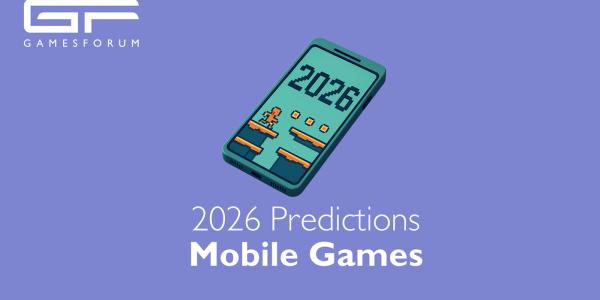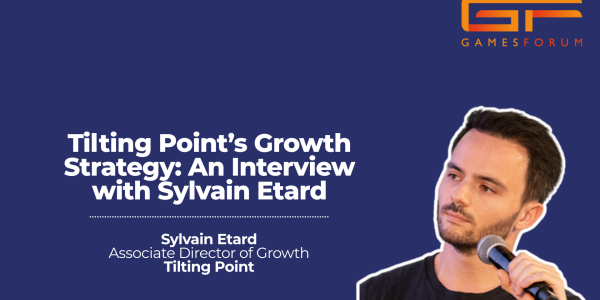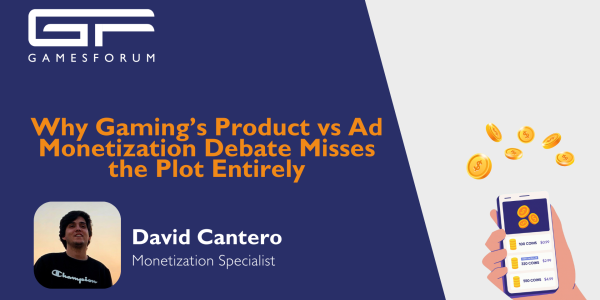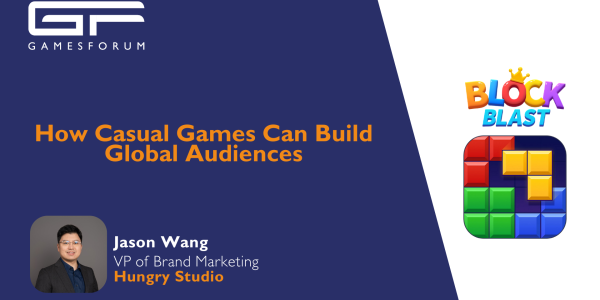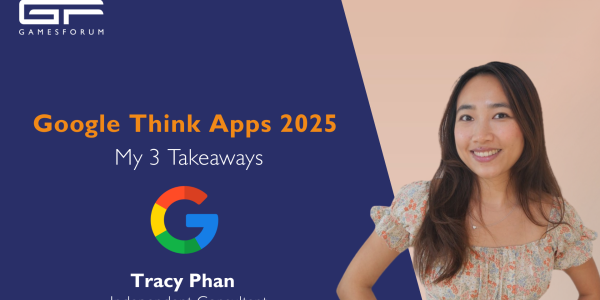New Insights on Google Policy Changes: Interstitial Ads

New Insights on Google Policy Changes for Interstitial Ads
Last month Google announced that it was updating its mobile gaming policy guidelines to ensure a better gaming experience on mobile devices. For developers, some of these policies seemed particularly troubling.
In particular, the new rules and limitations related to interstitial ads and when and how they are displayed raised a great deal of concern.
Developers who rely heavily on interstitial ads to generate revenue were particularly worried. Game developers who develop casual games certainly fall into this category, as do other game developers.
What We Knew About Proper Interstitial Ads Placement From the Initial Announcement
In order to provide users with the best possible experience when using apps on the Google Play store, the company is tightening its rules about showing unexpected interstitial ads.
Ad policy requirements for this new campaign were inspired by the Coalition for Better Ads' Better Ad Standards.
Rewarded video ads are not affected since players are choosing to watch these ads to unlock rewards or game features.
Common Interstitial Ads Violation Examples
- An unexpected static interstitial ad that the game shows after a user begins a new level.
- Unexpected interstitial video ads that appear just as a user begins reading an article.
- Interstitial ads that appear in the middle of gameplay and cannot be skipped within 15 seconds.
Google has announced that it is updating its Data Safety Section, as well as spam guidelines for Made for Ads (MFA) content. The search engine is now taking a tougher stance on MFA content, which will include a more stringent review process and greater scrutiny of ads that are displayed repeatedly and interfere with users' interaction with games and apps.
Some common violations include:
- Pop-up interstitial ads that appear after the user clicks “Start” to begin using the app. When the ad has been closed, the user goes to the app and taps on the Service button in order to access the service, only to see another interstitial ad.
- The player is directed to tap Play on the app's first screen since no other options are available. However, an interstitial ad appears upon clicking. When the user closes the ad, the app displays a “Launch” button as the only available action. The user clicks it, triggering a new interstitial ad.
Where Did The Confusion Come From?
Referring to the Better Ad Standards published by the Coalition of Better Ads, Google provided examples of interstitial ads that violated these standards.
There were, however, some parts of their guidelines that were unclear or not detailed enough. While there were examples of non-compliant placements, there were no examples of an interstitial ad placed properly.
It left many game and app developers wondering if they were in violation of these policies with their current interstitial ad placements.
In fact, the policy is so broad that it worried developers about even the most common interstitial ad placements.
These include:
- At The End Of The Level. A user completes an activity (such as completing a level). A user then views the results screen and clicks the "Next," "Continue," or "X" buttons to proceed.
- Before A New Level. The user clicks a button to start a new activity (such as starting a match). Would it be possible to show interstitial ads before starting the match?
- Scene Transitions. Suppose the player moves from one section to another. As soon as they click the section where they wish to move, an interstitial ad appears.
New Interstitial Ad Policies: What We Learned
During the webinar on Developer Policy Updates, Google provided answers to frequently asked questions about the new policies and showed a few examples of compliant and non-compliant interstitial ads. Let's take a closer look at these examples and see if they comply with the new guidelines for interstitial ads.
After The Level: Compliant
This case was the one developers were the least worried about. Even in Google's initial announcement, they were pretty clear on how this implementation is compliant.
During this webinar, Google confirmed that showing an interstitial ad, as described in point one, is not an issue. Their representatives stated that showing an interstitial after a content segment (which after the level falls under) also complies with the new regulations.
Before The Level: Varies
There have been a lot of comments from developers speculating that this implementation will not be approved.
Nevertheless, it appears that if the ad plays before the level actually starts, interstitial ads will be allowed. Unofficially, at least.
Officially, Google representatives stated that each game's compliance would be judged individually. Compliance will ultimately depend on how the ad is implemented.
Scene Transition: Unknown
Google has yet to comment on this implementation. Currently, we are waiting for guidelines on this.
In addition to the most common implementations listed above, Google discussed other implementations of interstitial ads. We have listed them all below.
App Launch: Non-Compliant
An interstitial ad appears immediately after the app is launched.
Extra tip: We recommend replacing this type of implementation with an AdMob app-open ad. Since app open ads only take up 80% of the screen, this implementation is compliant.
During the level: Non-Compliant
Interstitial ads appear during gameplay as the user starts playing the level.
Returning To The Home Screen: Compliant
After using the navigation menu, the player returns to the home screen.
How To Make Sure Your App or Game Stays Compliant?
According to Google representatives, all interstitial ads should be moved to the end of the level.
Developers have until September 30th to comply with these new policies.
A Google representative explained during the webinar that an app could be sent to the Google team for a compliance check. However, they didn't clarify whether that would occur before your app is officially reviewed.
As a result, developers should be able to monetize their games more effectively while still providing a better experience to users.
If you have any questions about compliance or need assistance with Google's new interstitial advertising policy, you can reach out to the GameBiz Consulting game monetization team!
By Bozo Jankovic, Head of Ad Monetizatoin at GameBiz Consulting

